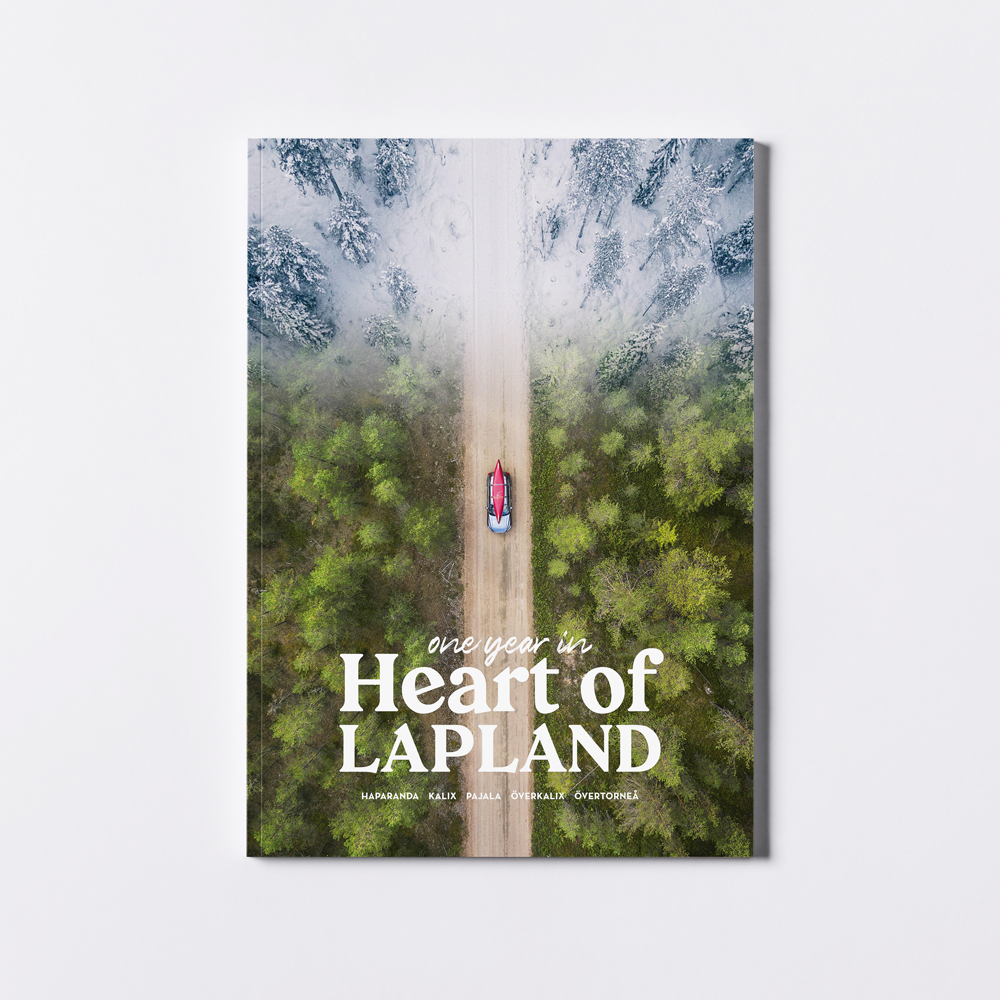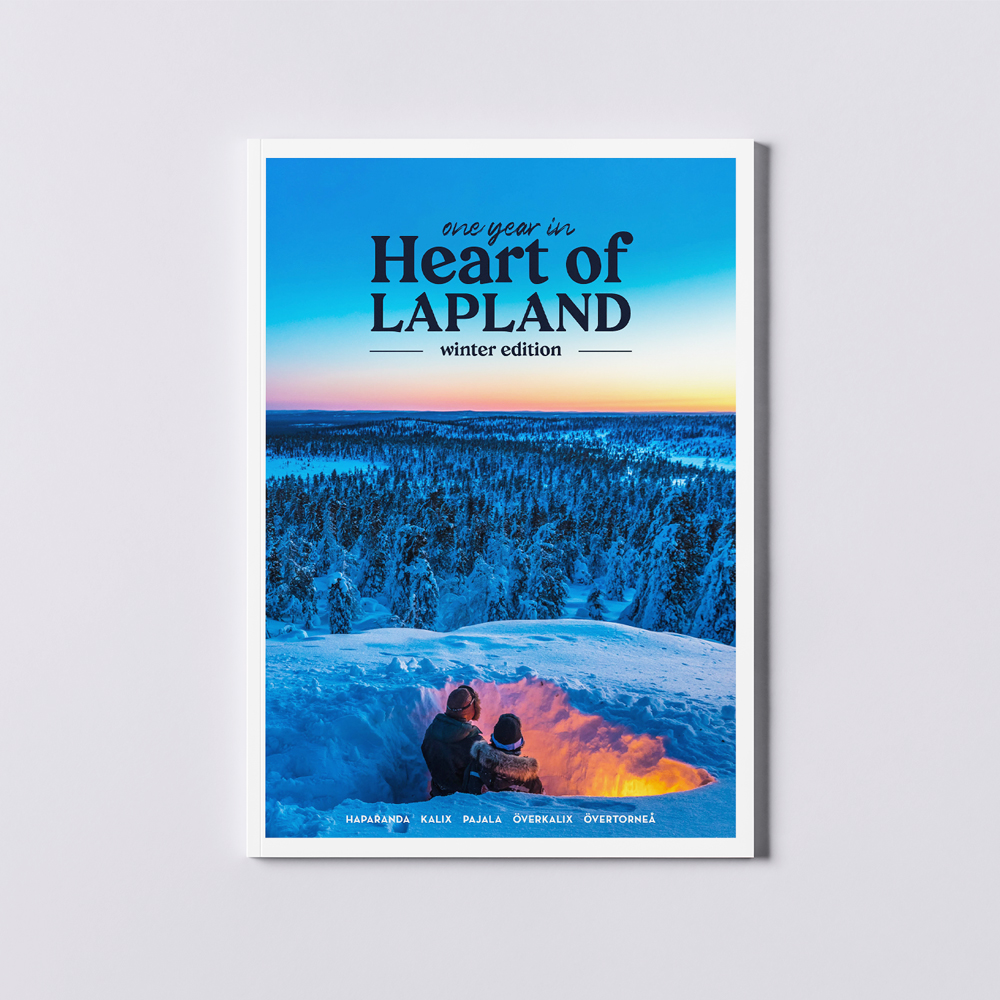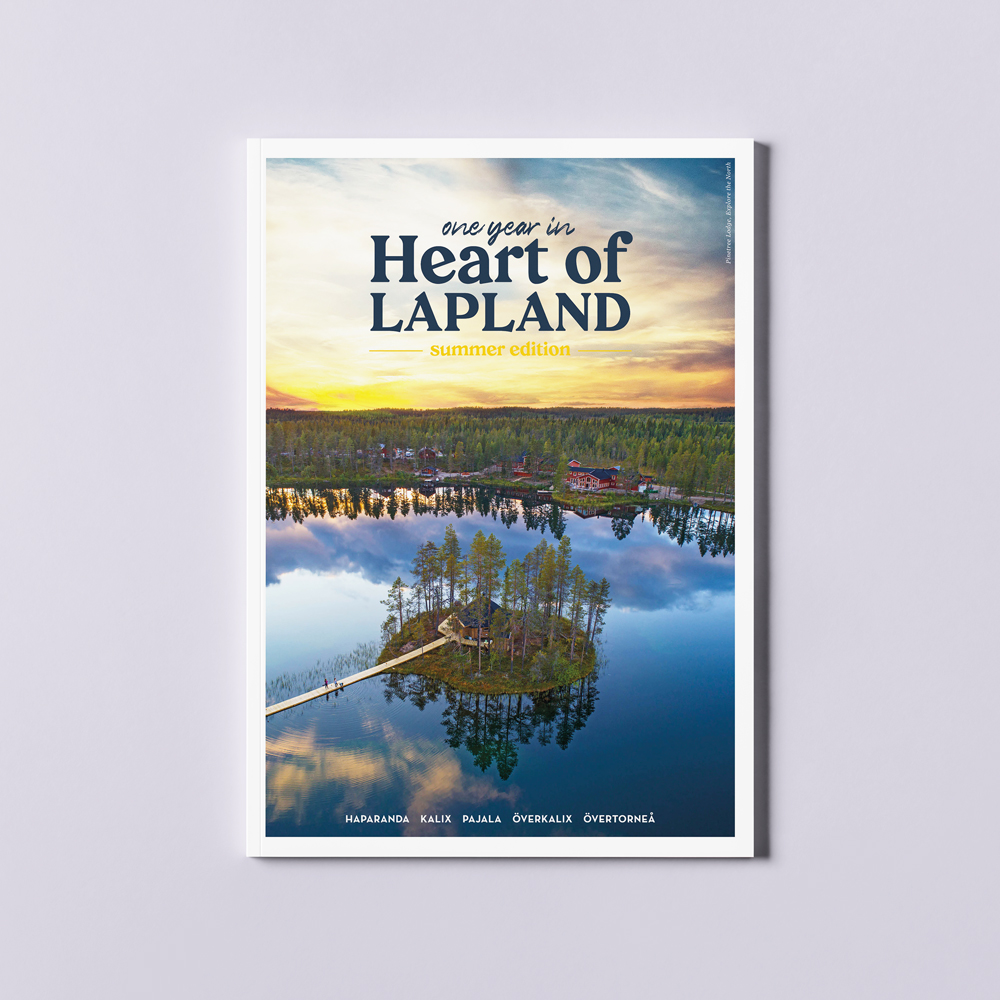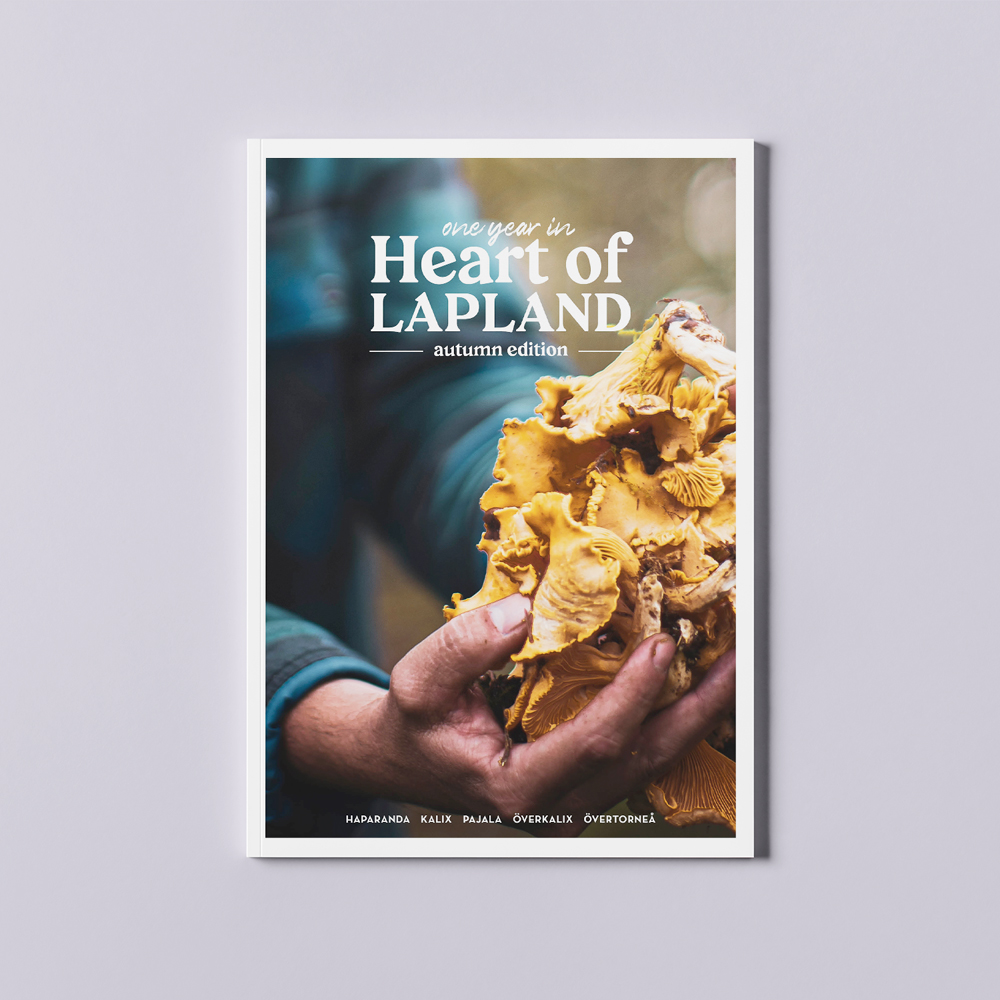Discover the river valleys, cross the Arctic Circle and speak with locals who have grown up bilingual. This is where the sun never sets in the summer and where the northern lights dance across the dark winter sky. This is where you can taste the forest and drink the sea. This is the beating heart of Swedish Lapland.
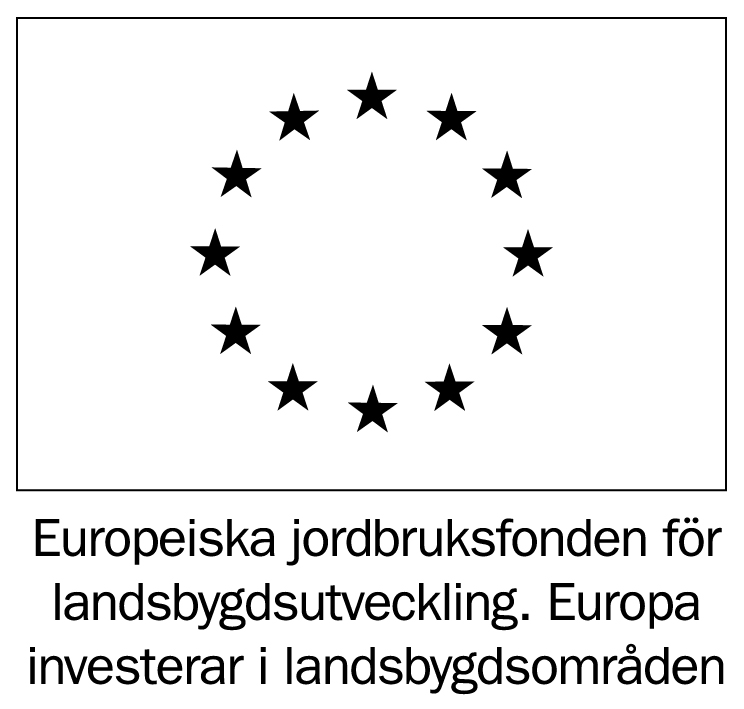
Discover the river valleys, cross the Arctic Circle and speak with locals who have grown up bilingual. This is where the sun never sets in the summer and where the northern lights dance across the dark winter sky. This is where you can taste the forest and drink the sea. This is the beating heart of Swedish Lapland.

What and where is
Heart of Lapland?
Far north, in the heart of Arctic Europe, you'll find Heart of Lapland. The destination is filled with river valleys and rolling hills in the eastern part of Swedish Lapland, and consists of the five municipalities Haparanda, Kalix, Pajala, Överkalix and Övertorneå.
Experience up to eight seasons in Heart of Lapland, all with their own charm and contrast. From northern lights and a magical winter wonderland to midnight sun and twice as much summer. From spring-winter's snow and sunshine to the vibrant colours during autumn.
Travel through Torne Valley and Kalix River valley where minority languages like meänkieli and the Sámi languages are spoken alongside Swedish, Finnish, and local river valley dialects. Heart of Lapland is still a hidden gem that offers you the authentic Arctic lifestyle at local family owned businesses – surrounded by woodlands, lakes, rivers and Europes northernmost archipelago.
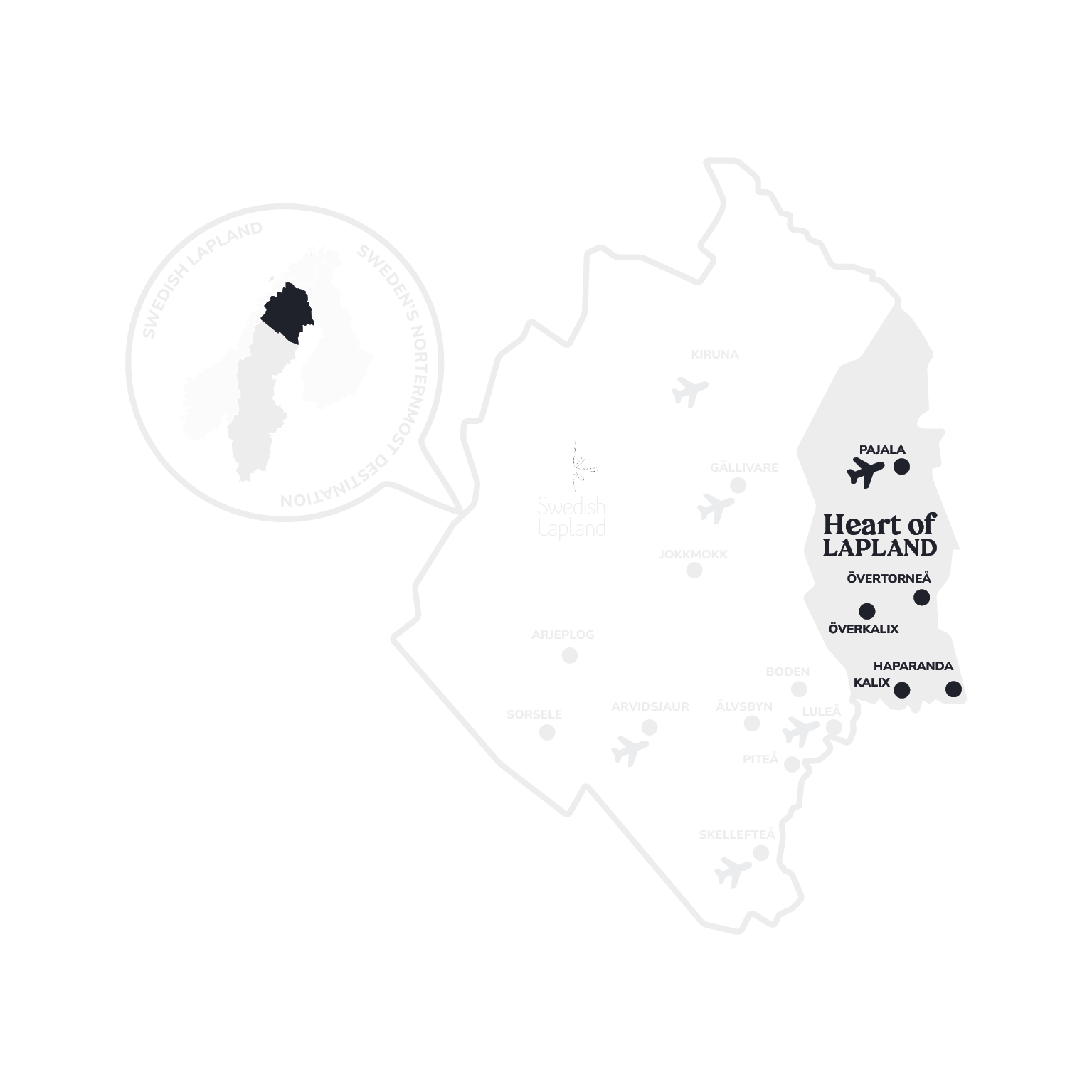
Destinations within Heart of Lapland
Destinations within
Heart of Lapland
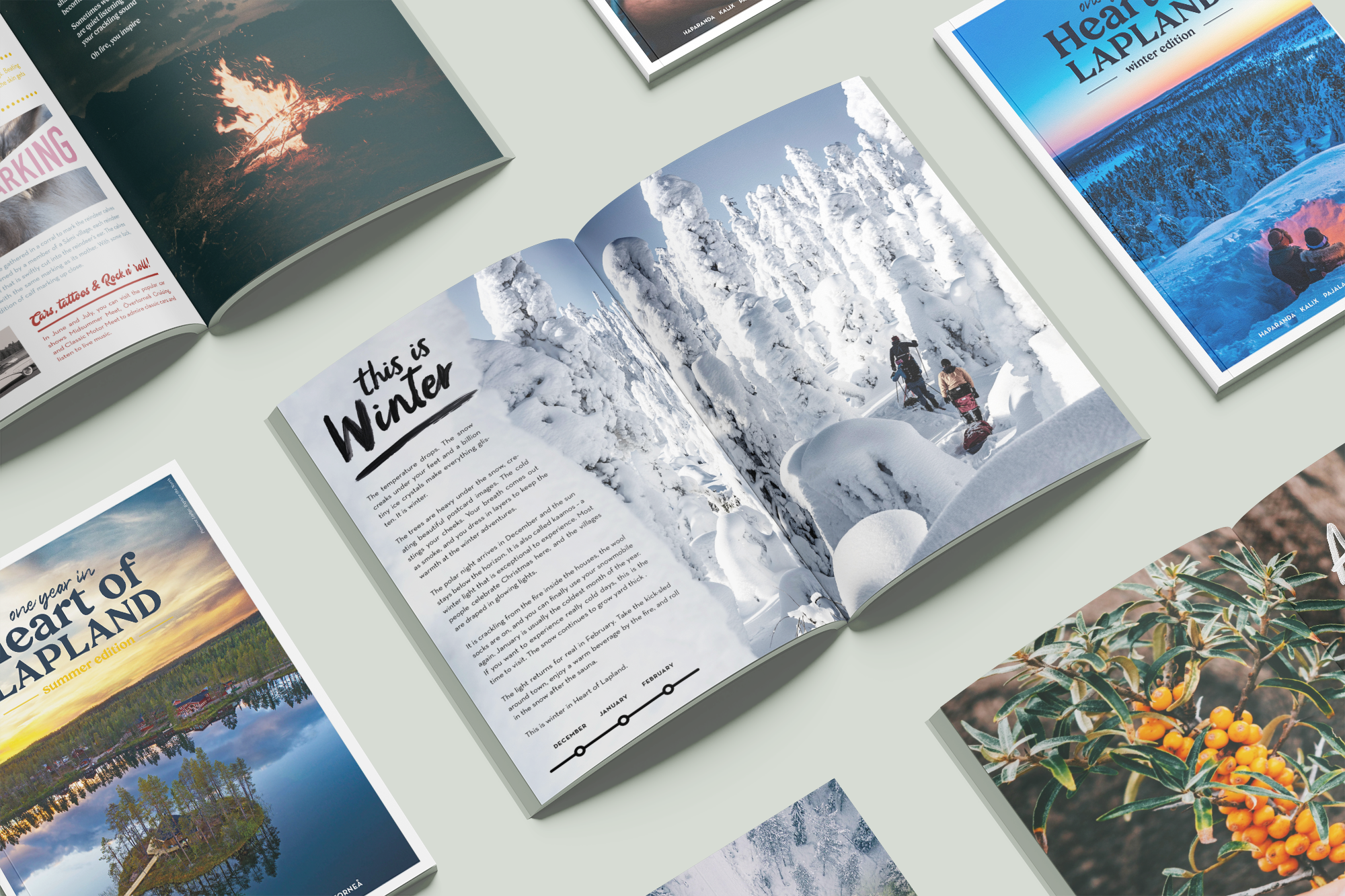
One year in Heart of Lapland
Do you want inspiration on how to spend your time in Heart of Lapland? What to do, where to sleep, what to eat and how to understand the local culture. We have made it easier for you and collected all of our best insider tips, so that you can have the time of your life in Heart of Lapland.

